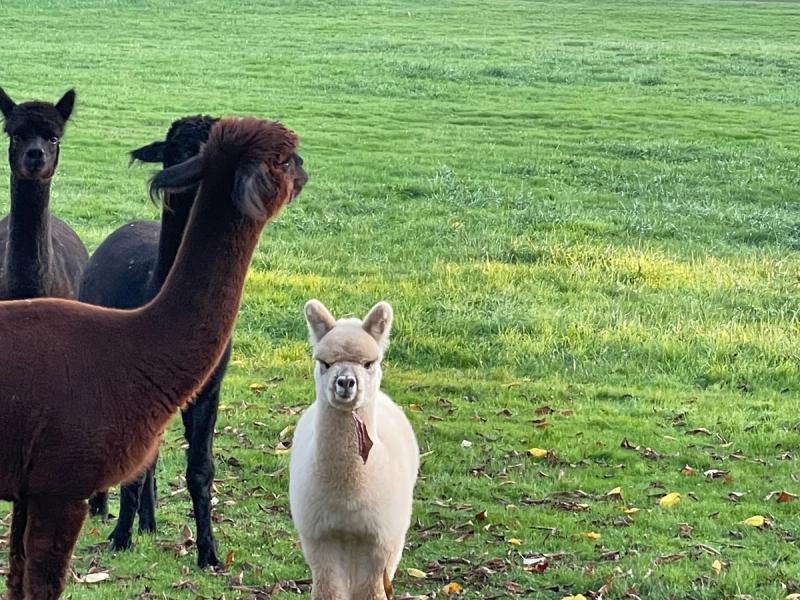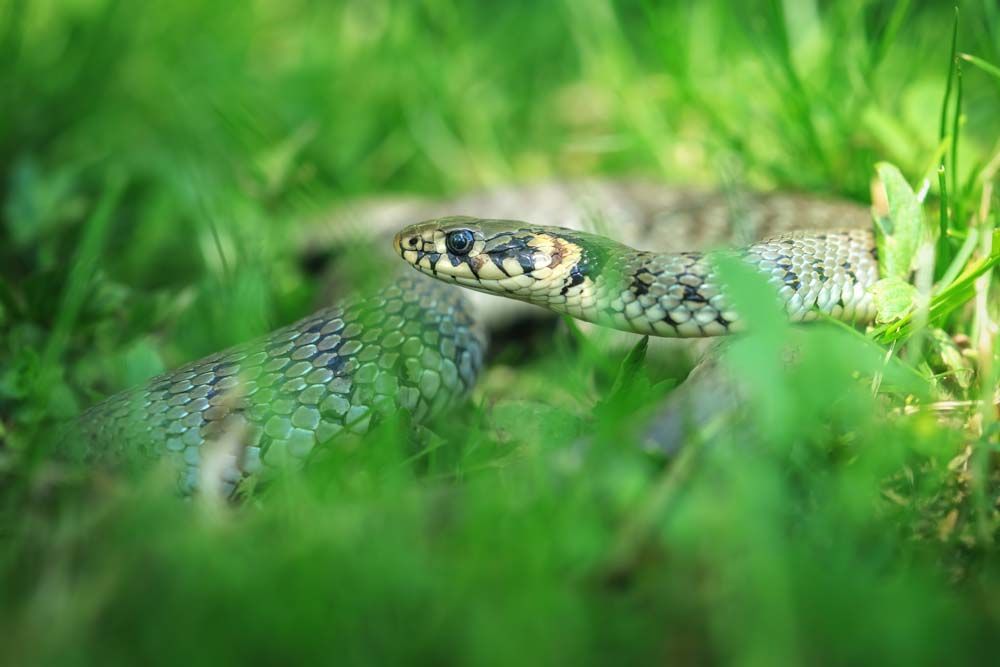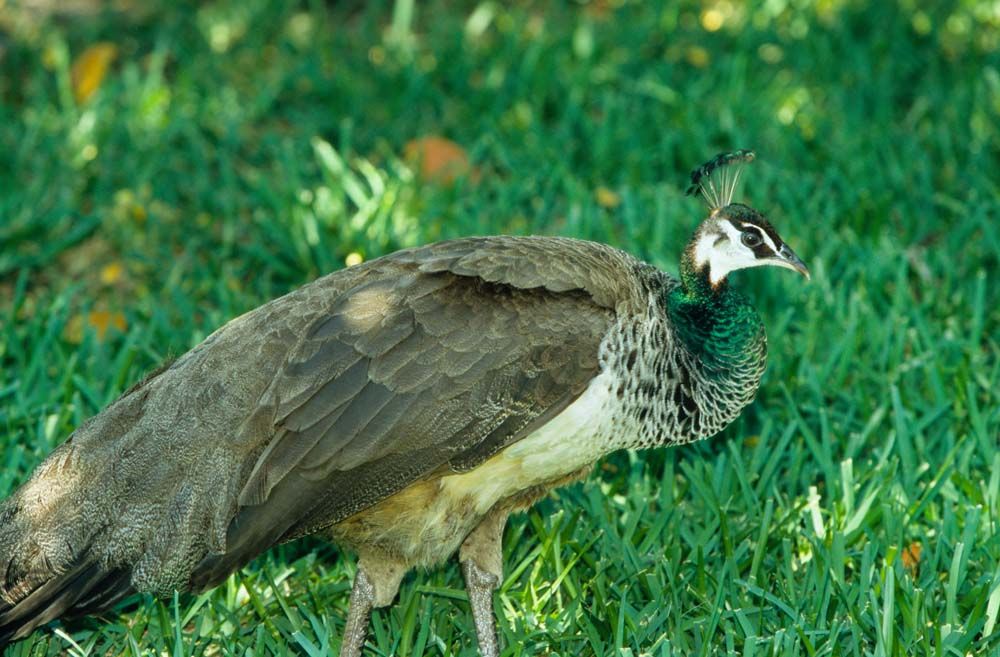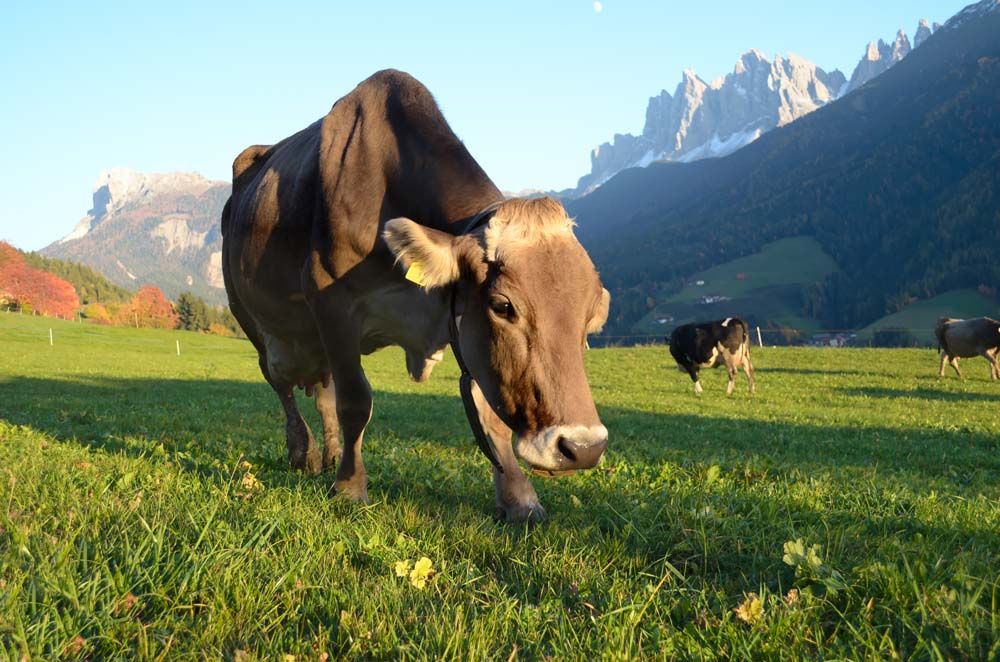Tapestry of Passion
An Alpaca Farmer's Journey


Lesleyanne Ezelle’s tale is woven with threads of inspiration and true dedication.
From age 15, the desire to cultivate the land and nurture its beings burned bright within, a flame fueled by a vegetarian ethos that guided specific choices and paths. Amidst the rolling landscapes of Kent, UK, a serendipitous encounter with “funny-looking” llamas sparked a lifelong fascination for Ezelle, laying the groundwork for her future intertwined with alpacas.
Over the years, as travels wove in and out of life's tapestry, the vision of llamas lingered like a whispered promise of "someday." Then, 30 years after her first encounter with a llama, she was able to farm alpacas in the U.S. and embark on a voyage of discovery, learning the ancient craft of weaving rugs that tell tales of tradition.
Now an alpaca farmer and owner of the Moonville Alpaca Farm in SW Washington, Ezelle told AcreageLife that her initial plan was to harvest the fiber and sell the product. Still, she quickly learned it was far better to sell the finished product rather than just processed fiber.
“The result was that I learned to weave.”
Embracing the Craft of Alpaca Farming
With each fiber meticulously tended to, a symphony of purpose unfolded — a plan to build a sustainable legacy of softness rooted in the fine art of alpaca farming for their exquisite fleece. Every decision from the beginning was made with foresight, balancing the beauty of genetic lineage with the practicality of product development.
Alpacas turned companions, each contributing to a harmonious whole, Ezelle ensured that every fiber strand finds its place in the grand tapestry of creation.
“Every animal on the farm needs to be contributing, so I make sure I can use all the fiber for some type of product. I have animals of varying ages. I always have fiber that can go to rug yarn or wearable products. I produce wearable fiber in the superfine range,” she said.
“My goal is always to have alpacas that tolerate human engagement. Expecting them to enjoy human contact is probably too much, but being comfortable around humans and other animals is important. When I started, I was careful to find out about the temperament of the animals I was purchasing. I wanted to know how they are around each other, people and children.”

A Focus on Color Diversity and Softness
With an eye for diversity in natural tones and dyed shades, Ezelle embarked on a quest to bring forth a kaleidoscope of colors that ignite the senses. In the realm of alpaca breeding, where there are 22 basic coat colors, her focus sharpens on hues that lend themselves beautifully to the art of dyeing.
She is guided by a desire for softness and luxury. “I have several alpacas with superfine fiber that we will process into yarn, making hats, scarfs, or felted products. Anything that touches the skin should be soft,” she said.
Crafting a Fusion of Clay and Fiber
As seasons ebb and flow, so does the artist within. Ezelle transitions seamlessly between clay and fiber, shaping functional art pieces that speak of passion and creativity. “When I started with clay, the goal was to support the fiber art side of the business. I was doing a lot of braided cords that I used for necklaces, so I made clay pendants. I sold at fiber markets, and everyone wanted a unique yarn bowl. So, I made yarn bowls from templates with a square shape. I have always found it challenging to do the same thing repeatedly,” she said.
“In the cold weather, I work more with fiber; when the weather warms up, I switch to clay. This seems to work well, except in the summer, I can be found elbow-deep in buckets of washed and dyed fiber. The summer is also the best time to dye since it can be done outside. There is always a season and time for art.”
Ezelle told AcreageLife that one of the challenges for hobby farms is staying current and appealing to a broad audience. During this economy, artists like her struggle.
“I am always looking for something that will appeal to other homesteaders and draw interest,” she concluded.
Tags:Country Critters

Acreage Life is part of the Catalyst Communications Network publication family.















